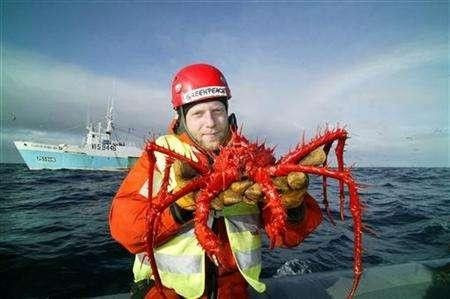120 Million Crabs Take Over Christmas Island

Tens of millions of crabs began their extensive migration to the waters off the coast where they can mate and reproduce. This spectacular phenomenon normally lasts several weeks on the island, 2,500 km northwest of Perth, Australia. The red crab is endemic to Christmas Island and the Cocos Islands in the Indian Ocean.
Gary Tindale, an IT specialist and amateur photographer from Perth, was able to capture amazing videos of the migration. He says that on Nov 18, a sea of red crabs started heading down to the ocean after a late afternoon downpour. More footage and stories on this are shared on the Daily Mail.
The annual mass migration usually starts during the rainy months of October and November. Timing is also synchronised with the phases of the moon and the turn of the tides. Male crabs initiate the march downward. As soon as they reach the sandy shores, they dig burrows and mating occurs. Within three days, female crabs lay their eggs and remain in the burrows for two more weeks during the incubation. Young crabs spend three to four weeks at sea before marching inland.
The 52-square-mile island is filled with monsoonal forests, home to 120 million crimson-coloured crabs. More than 2,000 people reside in the area as well. To ensure the safety of people and these animals, networks of tunnels and bridges were built to allow the crabs to cross roads. Park rangers construct specialised fences and grids to protect both the crabs and road travellers.
According to Christmas Island Tourism Association Marketing Manager Linda Cash, observing the sea of red moving across the island is always a stunning sight. She has seen it for 10 years. "The sound, you can imagine millions and millions of crabs sort of crawling across the island, so the sound is quite extraordinary," she says.




















